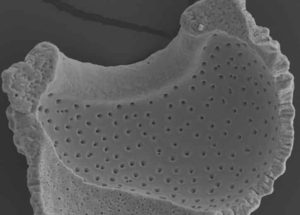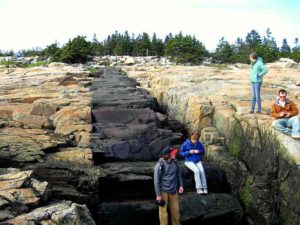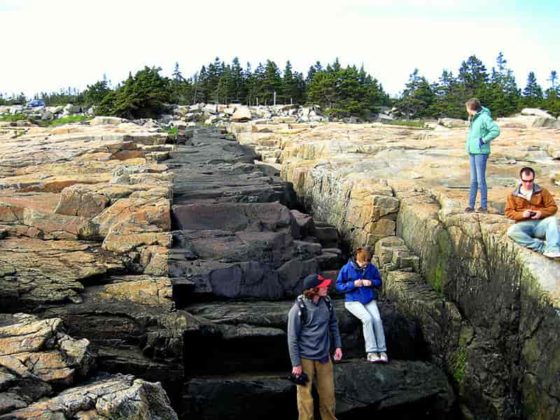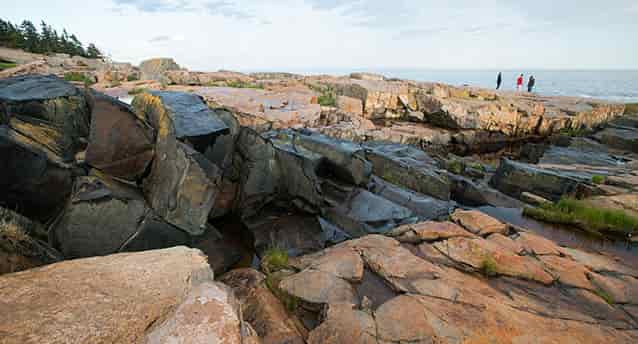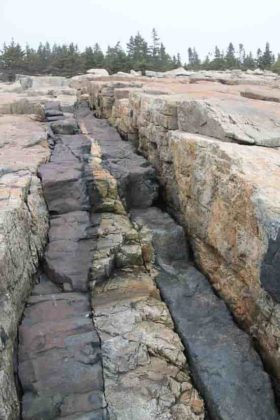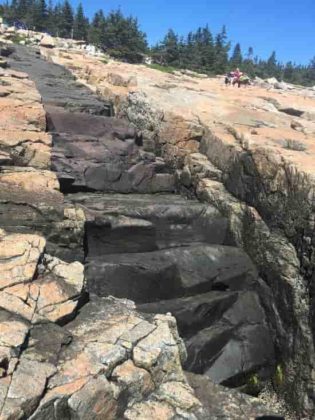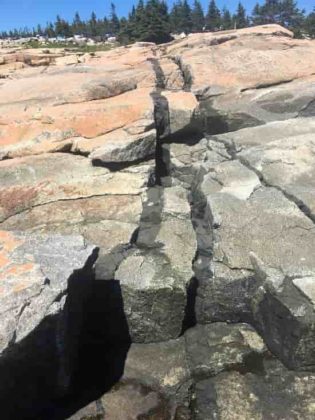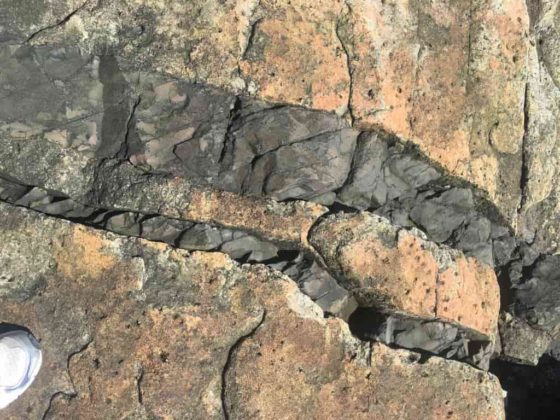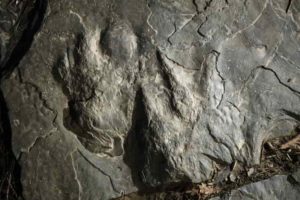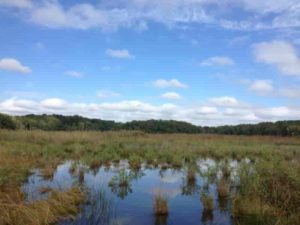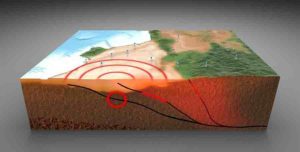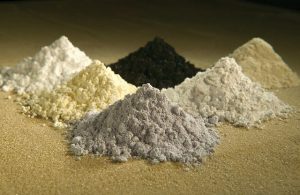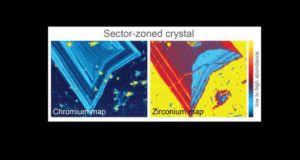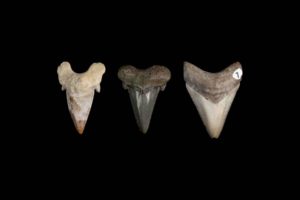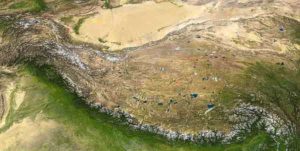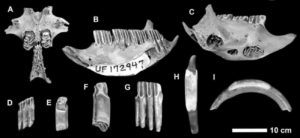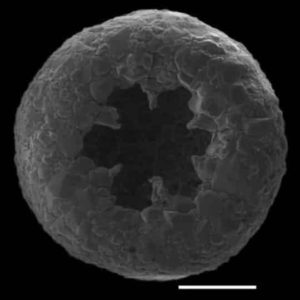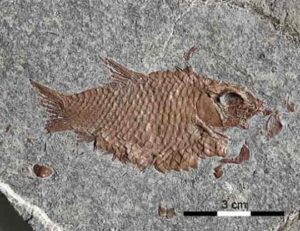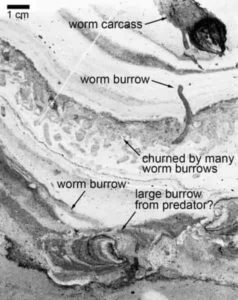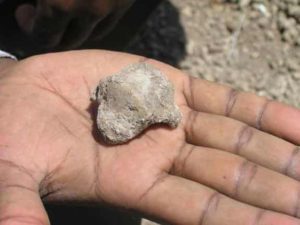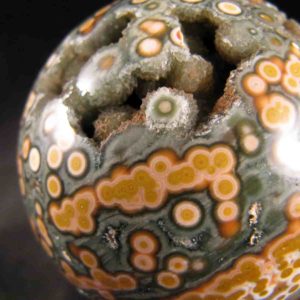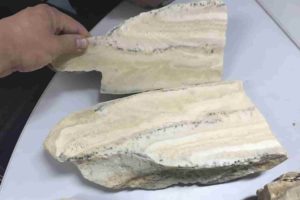
Scattered throughout the Philippines are many caves containing precious geological formations that hold key information about past climate. But due to local quarrying, some of these formations may be destroyed. Now, one Stanford scientist is on a mission to save them.
Daniel Ibarra, BS ’12, MS ’14, Ph.D. ’18, is a postdoctoral researcher in the Department of Geological and Environmental Sciences. He recently teamed up with Stanford alum Carlos Primo David, Ph.D. ’03, now a professor at the University of the Philippines at Diliman, to begin the process of retrieving these valuable climate archives. Ibarra is bringing them to Stanford where he will use sophisticated geochemistry techniques to reconstruct and extend past climate records.
“As climate scientists we have no way of baselining how climate has changed in the past beyond the instrumental record, except for using the geological record,” Ibarra said. “So we study archives like tree rings, ice cores, lakes, marine sediments and caves.”
Archival caves
One of the most important archives on land are cave deposits that contain large, icicle-shaped mineral deposits known as speleothems. Many of these caves are located in the Philippines. So in January, Ibarra traveled to Manila, where he met David and his graduate students. Together they explored a series of caves in Luzon to document and collect two types of speleothems: stalactites and stalagmites.
Stalactites form when water drips from the ceiling of a cave and slowly precipitates over time, leaving a climate record in the form of concentric circles similar to rings on a tree. Stalagmites form the same way, but grow upward from the floor and are the most useful of these cave deposits. Although these formations are estimated to be thousands of years old, very few have been studied in the Philippines. Because of industrial excavation occurring nearby, they could soon be gone forever.
“This is an area of active cement quarrying, so we only have a few years to get speleothems,” Ibarra said. “It’s a little bit of a rescue mission.”
After carefully removing the speleothems from the caves, Ibarra brings them to Stanford, where the samples are drilled and dated through a process – similar to carbon dating – using the radioactive decay chain of uranium, measured on a mass spectrometer. Ibarra uses detectors that measure the different ratios of thorium and uranium isotopes, which tell him the age of the sample. Similar mass spectrometry techniques using stable isotopes of oxygen and carbon are used to determine what the temperature and rainfall levels were at the time the speleothems formed – data that will improve scientists’ understanding of climate change.
“We’re focusing on samples that will extend the historic rainfall records back several hundred, maybe even a thousand years,” Ibarra said. “And we can use what we infer about climate from these samples to benchmark climate models that we also use to project future climate change.”
Weathering at Mount Pinatubo
Ibarra and David are simultaneously working on related research in the area around Mount Pinatubo, the active volcano about 100 miles northwest of Manila famous for its massive eruption in 1991. It’s there that the chemical breakdown of rocks on the Earth’s subsurface – a process known as weathering – is believed to occur at some of the fastest rates in the world.
The weathering of rocks is the primary way in which carbon dioxide is sequestered over geologic time, keeping the Earth habitable. Ibarra and David are measuring weathering rates by collecting water samples from rivers during different times of the year and measuring the chemical composition of the river waters for elements such as calcium, magnesium, sodium and silica – the main components of rocks.
“Chemical weathering and subsequent carbonate burial in ocean sediments sequester atmospheric CO2 back into the geologic carbon cycle,” Ibarra explained. “Weathering modulates Earth’s atmospheric CO2 levels from changes in volcanic degassing, or the long-term effects of human emissions, keeping temperatures regulated.”
Both research projects are supported by an award Ibarra received from the Department of Science and Technology Balik Scientist Program, which encourages scientists of Filipino descent to return to the Philippines to share their expertise. Through the program, he is hosted by the University of the Philippines’ National Institute for Geological Sciences and Professor David. In addition to conducting original research, Ibarra has given talks and lectures on climate science and geochemistry at the University of the Philippines.
Ibarra plans to return to the Philippines this spring to continue collecting cave deposits and river samples. He hopes this work will help people prepare for changes in the environment.
“Studying past climate gives us a roadmap for the kinds of changes we can expect in rainfall and temperature due to future changes in climate, which can inform adaptation strategies,” he said.
Note: The above post is reprinted from materials provided by Stanford University.


